-
 Bitcoin
Bitcoin $98,576.5921
3.25% -
 Ethereum
Ethereum $2,707.0267
3.12% -
 XRP
XRP $2.4891
1.91% -
 Tether USDt
Tether USDt $1.0004
-0.04% -
 Solana
Solana $204.3917
2.58% -
 BNB
BNB $569.7336
-1.33% -
 USDC
USDC $0.9995
-0.05% -
 Dogecoin
Dogecoin $0.2596
1.52% -
 Cardano
Cardano $0.7212
0.59% -
 TRON
TRON $0.2168
-2.47% -
 Chainlink
Chainlink $19.6257
1.46% -
 Avalanche
Avalanche $25.6804
0.73% -
 Stellar
Stellar $0.3376
0.34% -
 Sui
Sui $3.2915
3.29% -
 Hedera
Hedera $0.2473
0.92% -
 Toncoin
Toncoin $3.7287
-3.20% -
 UNUS SED LEO
UNUS SED LEO $9.8129
0.84% -
 Shiba Inu
Shiba Inu $0.0...01513
4.55% -
 Hyperliquid
Hyperliquid $24.7833
4.78% -
 Bitget Token
Bitget Token $6.4749
3.58% -
 Litecoin
Litecoin $99.4324
0.06% -
 Polkadot
Polkadot $4.6498
-0.97% -
 Bitcoin Cash
Bitcoin Cash $324.3733
1.68% -
 Ethena USDe
Ethena USDe $0.9992
-0.03% -
 MANTRA
MANTRA $5.8450
10.56% -
 Uniswap
Uniswap $9.0425
-2.40% -
 Dai
Dai $0.9994
-0.07% -
 Monero
Monero $224.1461
3.43% -
 Ondo
Ondo $1.3047
3.33% -
 Pepe
Pepe $0.0...09741
-1.04%
How does Request (REQ) Coin handle inflation?
REQ's inflationary tokenomics is managed through selective token allocation, staking incentives, and community governance, ensuring a balance between network incentives and inflation control.
Dec 25, 2024 at 12:08 am

Key Points:
- Request (REQ) Coin's Inflationary Mechanism
- REQ's Tokenomics and Inflation Management
- Staking, Network Governance, and Inflation Control
- REQ's Value Proposition and Token Utility
- Comparison with Other Inflationary Cryptocurrencies
Article:
Request (REQ) Coin's Inflationary Mechanism
Request (REQ) Coin is an Ethereum-based token powering the Request Network, a decentralized payment and invoice ecosystem. REQ utilizes an inflationary monetary policy to incentivize network participation and usage. The annual inflation rate is fixed at 3%, with new tokens introduced into circulation to reward network actors.
REQ's Tokenomics and Inflation Management
The total supply of REQ is capped at 1 billion tokens, of which 664.85 million are currently in circulation. Inflation is controlled through the allocation and use of new tokens.
- Network Incentives: 50% of the inflationary tokens are distributed to network participants, including node operators and requestors.
- Staking: REQ holders can stake their tokens to earn a portion of the inflation rewards. Staking also contributes to network security and stability.
- Network Expansion: 30% of the tokens are allocated to the Request team to support ongoing development, community growth, and infrastructure expansion.
- Foundation Reserves: 20% of the tokens are held in a community-managed foundation to fund future projects and strategic initiatives.
Staking, Network Governance, and Inflation Control
Staking in the Request Network plays a crucial role in managing inflation. Staked tokens are locked for a specified period, reducing the circulating supply and increasing the value of the remaining tokens.
Moreover, stakers are incentivized to validate transactions accurately and participate in network governance. This process ensures network integrity and prevents malicious actors from influencing the inflation rate.
REQ's Value Proposition and Token Utility
Despite its inflationary mechanism, REQ retains value due to its utility in the Request Network ecosystem.
- Payment Gateway: REQ can be used as a payment method for invoices and requests, facilitating smooth transactions between parties.
- Identity Verification: The Request Network allows for decentralized identity verification, reducing the need for intermediaries and increasing trust in financial transactions.
- Automated Dispute Resolution: Smart contracts built on REQ handle dispute resolution efficiently and transparently, reducing the costs and delays associated with traditional systems.
Comparison with Other Inflationary Cryptocurrencies
REQ's inflationary mechanism differs from some other inflationary cryptocurrencies.
- Ethereum (ETH): ETH's inflation rate is highly variable, determined by a combination of factors, including block rewards and transaction fees.
- Bitcoin (BTC): Bitcoin's inflation rate is deflationary, with a fixed maximum supply and a halving mechanism that gradually reduces the issuance of new coins.
- Dogecoin (DOGE): Dogecoin's inflation rate is uncapped, with a steady supply of new coins introduced into circulation each minute.
FAQs:
Q: Why does REQ have an inflationary mechanism?
A: To incentivize network participation, reward stakers, and support ongoing development.
Q: How does staking help control inflation?
A: Staked coins are removed from circulation, reducing the circulating supply and increasing the value of the remaining tokens.
Q: Is REQ's inflation rate too high?
A: The 3% inflation rate is relatively low compared to other inflationary cryptocurrencies and is balanced by the token's utility and staking rewards.
Q: Can the Request Network adjust the inflation rate?
A: Yes, the inflation rate can be adjusted through community governance, but any changes would require a consensus among token holders.
Q: Is REQ a good long-term investment despite its inflation?
A: The value of REQ depends on various factors, including the adoption and growth of the Request Network. However, the token's utility, staking rewards, and community governance provide potential long-term upside.
Disclaimer:info@kdj.com
The information provided is not trading advice. kdj.com does not assume any responsibility for any investments made based on the information provided in this article. Cryptocurrencies are highly volatile and it is highly recommended that you invest with caution after thorough research!
If you believe that the content used on this website infringes your copyright, please contact us immediately (info@kdj.com) and we will delete it promptly.
- Aptos, Jito, Melania, Movement, and The Sandbox Brace for Key Token Unlocks This Month
- 2025-02-04 16:40:59
- Onyxcoin (XCN) Price Performance
- 2025-02-04 16:40:59
- Lightchain AI, Dogwifhat, and Cardano Poised to Challenge Bitcoin and Ripple in 2025
- 2025-02-04 16:40:59
- India’s Budget 2025-2026 Promises AI-led Growth but Disappoints Digital Asset Industry
- 2025-02-04 16:40:59
- Fed Chair Powell Reasserts Banks Can Offer Crypto Services, But Must Control the Risks
- 2025-02-04 16:31:00
- Ethereum’s Bright Future Despite Market Corrections
- 2025-02-04 16:31:00
Related knowledge
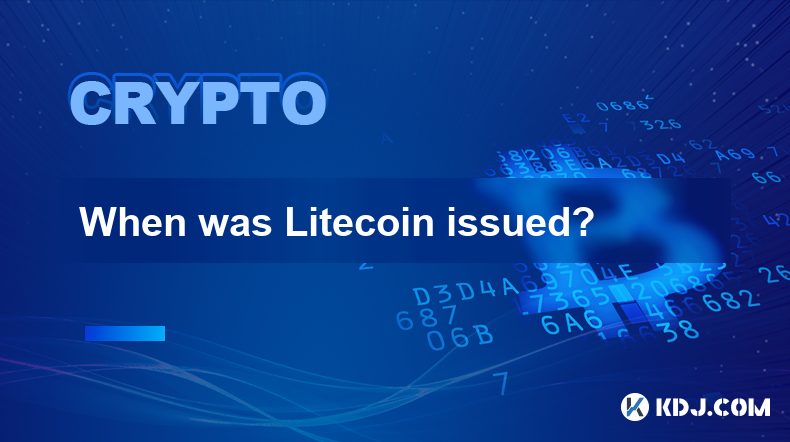
When was Litecoin issued?
Feb 04,2025 at 02:36am
When was Litecoin Issued?Key Points:Litecoin's inception and developmentLitecoin's launch date and market dynamicsLitecoin's technical specifications and key featuresLitecoin's Inception and DevelopmentLitecoin, conceived by former Google engineer Charlie Lee, emerged as a fork of Bitcoin in October 2011. Inspired by Bitcoin's revolutionary blockchain t...
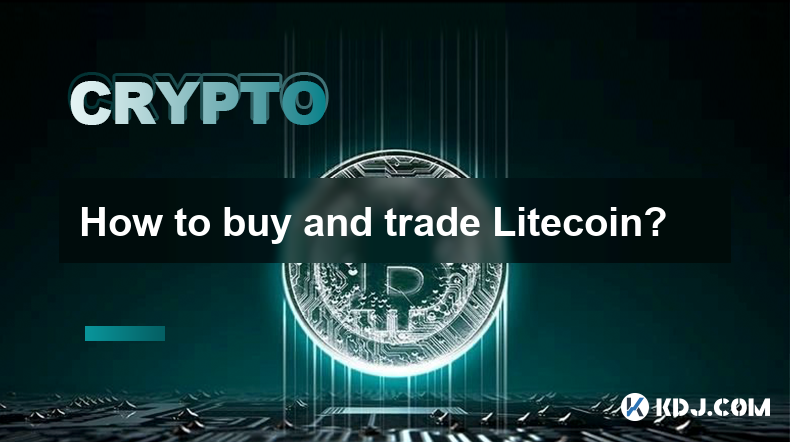
How to buy and trade Litecoin?
Feb 04,2025 at 12:24pm
Key Points:Understand the Basics of LitecoinSelect a Suitable Cryptocurrency ExchangeCreate an Account on the ExchangeFund Your AccountPlace a Buy Order for LitecoinSecurely Store Your LitecoinUnderstand Litecoin TradingHow to Buy Litecoin?1. Understand the Basics of LitecoinLitecoin (LTC) is a decentralized digital currency similar to Bitcoin.Created i...
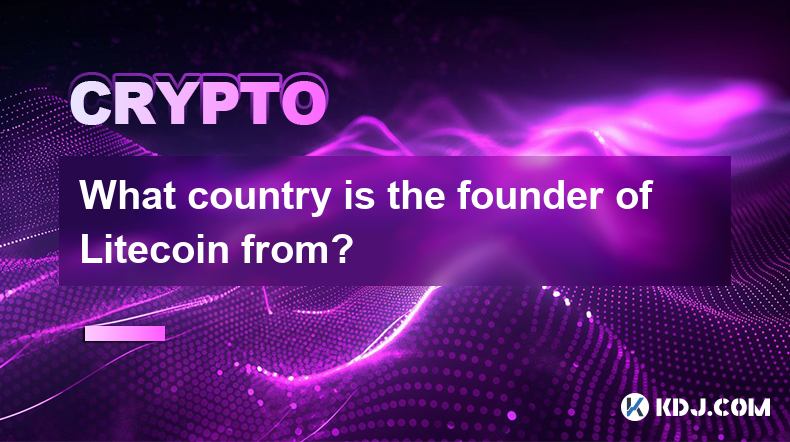
What country is the founder of Litecoin from?
Feb 04,2025 at 05:55am
Key Points:Litecoin's Founder and the Relationship with Charles LeeLitecoin's Technical Features and Similarities to BitcoinLitecoin's Role in the Cryptocurrency Ecosystem and Its PopularityComparative Analysis of Litecoin with Major CryptocurrenciesLitecoin's Community Involvement and PartnershipsArticle Content:Litecoin's Founder and the Relationship ...
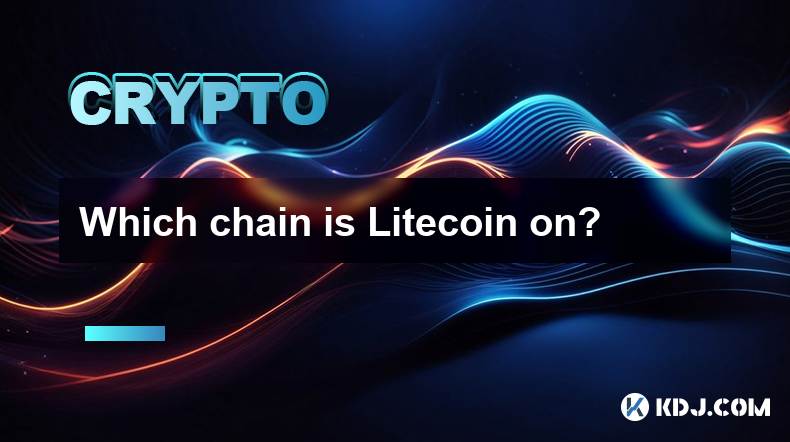
Which chain is Litecoin on?
Feb 04,2025 at 04:42am
Which Chain is Litecoin on?Key Points:Litecoin is built on its own blockchain, distinct from other cryptocurrencies.The Litecoin blockchain is a modified version of the Bitcoin blockchain.Litecoin's blockchain has faster block confirmation times than Bitcoin.Litecoin's blockchain has a larger maximum supply than Bitcoin.Detailed Guide:1. Litecoin's Uniq...
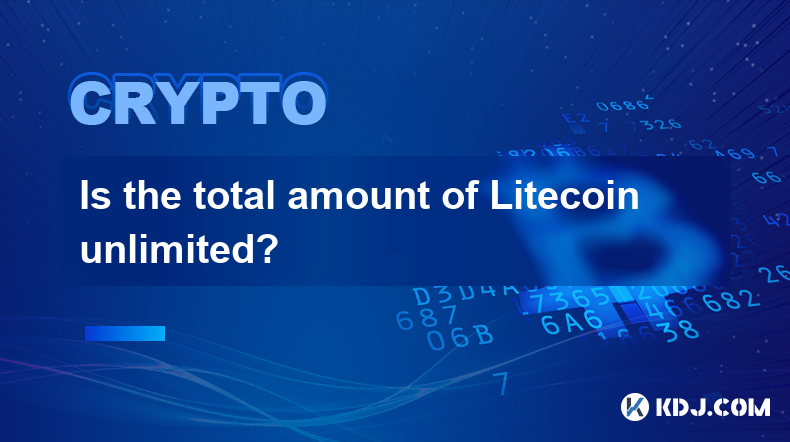
Is the total amount of Litecoin unlimited?
Feb 04,2025 at 05:36am
Key Points:Litecoin's total supply is capped at 84 million LTC.Litecoin's block reward halving occurs every 840,000 blocks, reducing the number of new LTC released into circulation over time.The supply issuance schedule ensures a predictable and finite supply of Litecoin.Is the Total Amount of Litecoin Unlimited?No, Litecoin's total supply is limited to...

Which is better, Litecoin or Ethereum?
Feb 04,2025 at 03:18pm
Key PointsLitecoin and Ethereum are both established cryptocurrencies with distinct features.Litecoin is a faster and cheaper alternative to Bitcoin, while Ethereum is a platform for smart contracts and decentralized applications.Choosing the better option depends on specific investment goals and preferences.In-Depth AnalysisBackgroundLitecoin is a peer...

When was Litecoin issued?
Feb 04,2025 at 02:36am
When was Litecoin Issued?Key Points:Litecoin's inception and developmentLitecoin's launch date and market dynamicsLitecoin's technical specifications and key featuresLitecoin's Inception and DevelopmentLitecoin, conceived by former Google engineer Charlie Lee, emerged as a fork of Bitcoin in October 2011. Inspired by Bitcoin's revolutionary blockchain t...

How to buy and trade Litecoin?
Feb 04,2025 at 12:24pm
Key Points:Understand the Basics of LitecoinSelect a Suitable Cryptocurrency ExchangeCreate an Account on the ExchangeFund Your AccountPlace a Buy Order for LitecoinSecurely Store Your LitecoinUnderstand Litecoin TradingHow to Buy Litecoin?1. Understand the Basics of LitecoinLitecoin (LTC) is a decentralized digital currency similar to Bitcoin.Created i...

What country is the founder of Litecoin from?
Feb 04,2025 at 05:55am
Key Points:Litecoin's Founder and the Relationship with Charles LeeLitecoin's Technical Features and Similarities to BitcoinLitecoin's Role in the Cryptocurrency Ecosystem and Its PopularityComparative Analysis of Litecoin with Major CryptocurrenciesLitecoin's Community Involvement and PartnershipsArticle Content:Litecoin's Founder and the Relationship ...

Which chain is Litecoin on?
Feb 04,2025 at 04:42am
Which Chain is Litecoin on?Key Points:Litecoin is built on its own blockchain, distinct from other cryptocurrencies.The Litecoin blockchain is a modified version of the Bitcoin blockchain.Litecoin's blockchain has faster block confirmation times than Bitcoin.Litecoin's blockchain has a larger maximum supply than Bitcoin.Detailed Guide:1. Litecoin's Uniq...

Is the total amount of Litecoin unlimited?
Feb 04,2025 at 05:36am
Key Points:Litecoin's total supply is capped at 84 million LTC.Litecoin's block reward halving occurs every 840,000 blocks, reducing the number of new LTC released into circulation over time.The supply issuance schedule ensures a predictable and finite supply of Litecoin.Is the Total Amount of Litecoin Unlimited?No, Litecoin's total supply is limited to...

Which is better, Litecoin or Ethereum?
Feb 04,2025 at 03:18pm
Key PointsLitecoin and Ethereum are both established cryptocurrencies with distinct features.Litecoin is a faster and cheaper alternative to Bitcoin, while Ethereum is a platform for smart contracts and decentralized applications.Choosing the better option depends on specific investment goals and preferences.In-Depth AnalysisBackgroundLitecoin is a peer...
See all articles

























































































